The Goldsboro Books Historical Romantic Novel Award
3 March 2021
Today we’re finding out more about The Goldsboro Books Historical Romantic Novel Award nominees.
 Francesca Capaldi
Francesca Capaldi
Francesca says:
I couldn’t believe it when Hera told me I’d been shortlisted for the Historical Romantic Award. It’s such a thrill!
An interesting story:
The idea for Heartbreak in the Valleys came when I was researching my family online at Ancestry.com. Knowing little about my great grandfather, Hugh Morgan, who lived in Tredegar, I was amazed to find a World War 1 record for him. It told me he’d enlisted in March 1915 but had been given a medical discharge in November the same year, because of tachycardia. I wondered how he’d taken the news, whether he felt a failure for not being able to join the rest of the Rhondda Pals in France. The first scene almost wrote itself. As I researched further, using local newspapers of the time in particular, I found a vibrant community in the Rhymney Valley, where both sides of my mother’s family lived, though I set it in a village based on the one my other grandparents lived in, Abertysswg, where my mother was subsequently born. Studying the village was like researching my own past, knowing that my grandparents and some of their family members would have partaken of these activities.
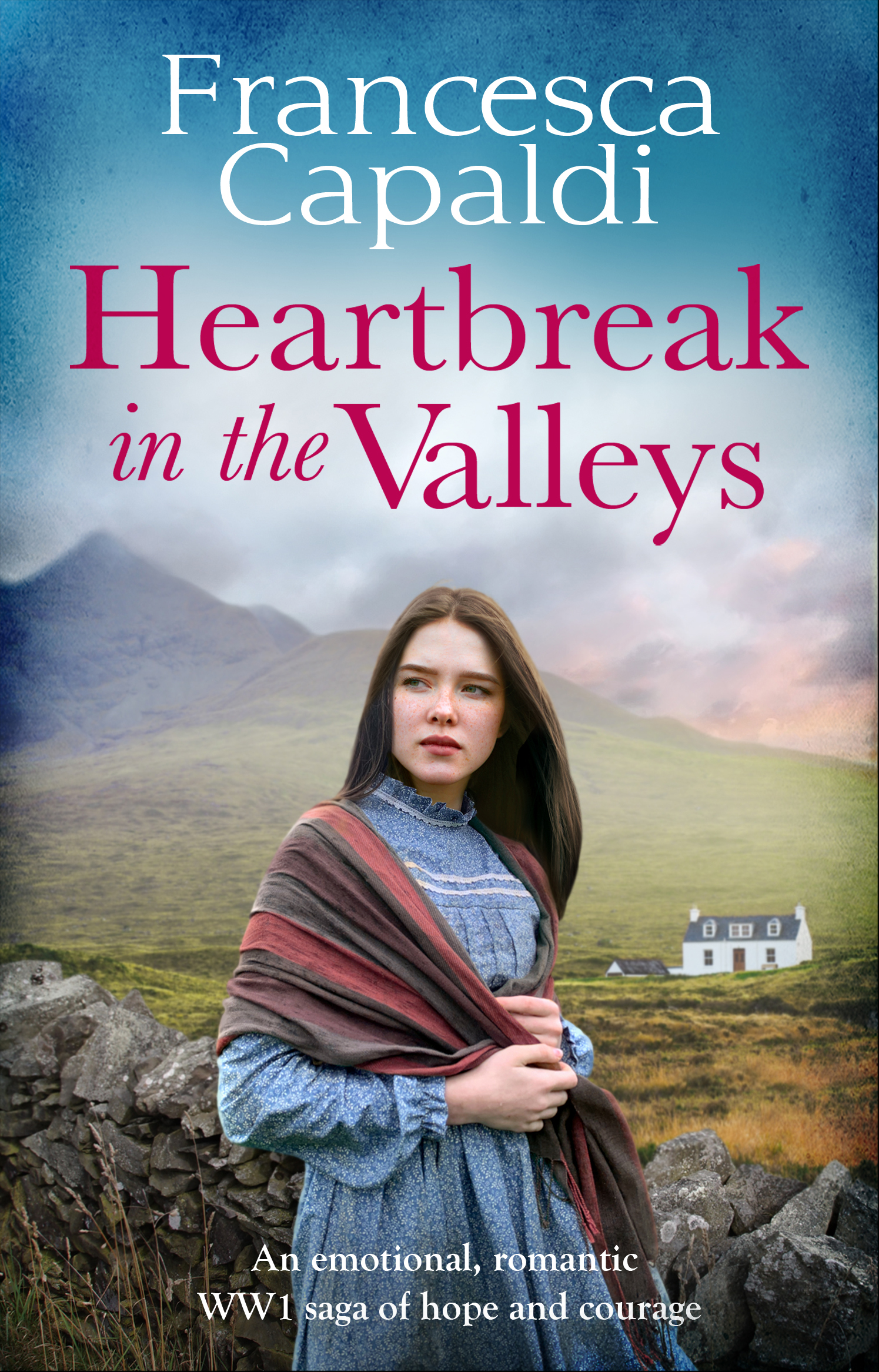
About the book:
Anwen is devastated when Idris, discharged from the army in 1915, ends their engagement. Coping with family problems, Anwen starts an allotment scheme, combating food shortages. She draws Idris in, hoping to lift his melancholy. But enemies are gathered to ruin them. Can they fight adversity together, or will mounting misfortune destroy them?
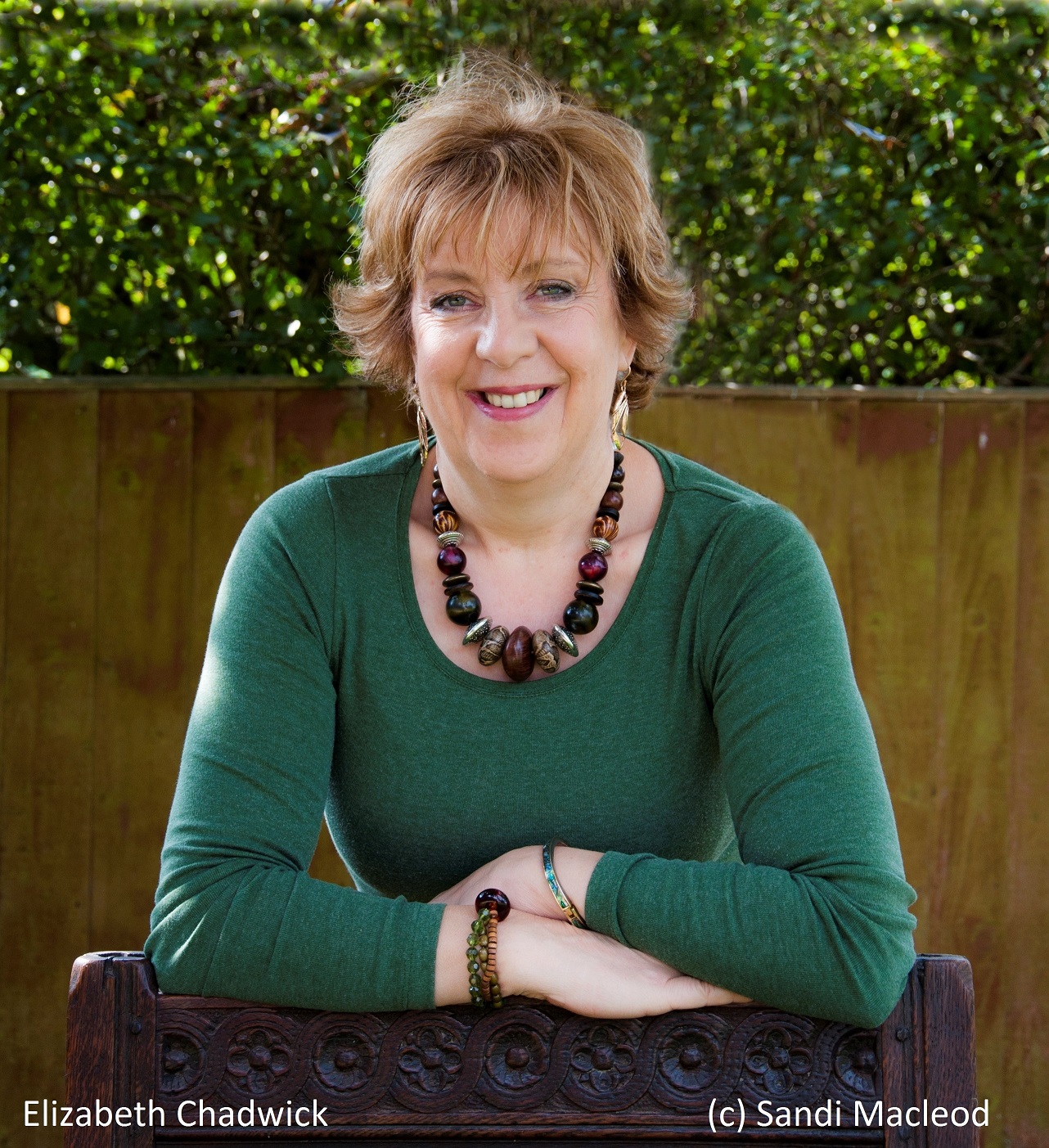
Elizabeth Chadwick
Elizabeth says:
I am truly delighted that The Coming of the Wolf has been shortlisted for this award and want to thank the RNA and the readers for having chosen it. It means a great deal to me.
An interesting story:
The Coming of the Wolf is a standalone prequel to my first published novel The Wild Hunt – winner of a Betty Trask Award and has it origins many years ago. I wrote the first draft on an Amstrad Greenscreen while at home caring for my two small sons. I was an unpublished author at the time. The Coming of the Wolf was rejected on its first and only query outing. In my innocence, I sent it out to a publisher of erotic fiction because I took the terminology of ‘adult fiction’ on the agency’s information paragraph to mean something a bit more mainstream than it actually was!
On receiving a rejection letter, I shelved the novel and got on with its sequel – The Wild Hunt, which went on to be published, to win awards, and to kick-start my career.
However, I never forgot The Coming of the Wolf. It remained unfinished business and some years ago I decided to type it into Word so that at least I would have an up to date digital copy. Indeed, my slightly dyslexic husband heroically did some of the grunt work for me, a couple of pages at a time. It was a labour of several years, widely spread out between projects, but gradually it came together, and when I had time, I edited it and rewrote sections.
Finally, I put a couple of chapters on my website as an extra for my readers. It still needed more editing, but it was presentable. The response was immediate and loud. Requests, nay demands for the rest of it came piling in. I edited the novel again, although once more, it took a while between other novels. Eventually I showed it to my agent and editor. They loved it. my editor offered for it, and here it is, shortlisted for the RNA historical award, but truly, the real heroes here are my readers, who persuaded, nagged and pleaded for the whole story. Without their encouragement and determination, I might never have completed the metamorphosis from unpublished manuscript to shortlisted novel!
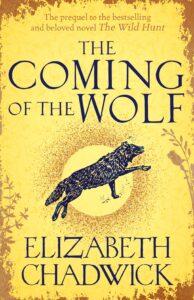
About the book:
In the wake of the Norman invasion, Christen of Ashdyke is saved from death by King William’s soldier, Miles le Gallois who offers her marriage. But it comes at a steep price for both, and as their relationship develops, their enemies gather, intent on destroying their future.
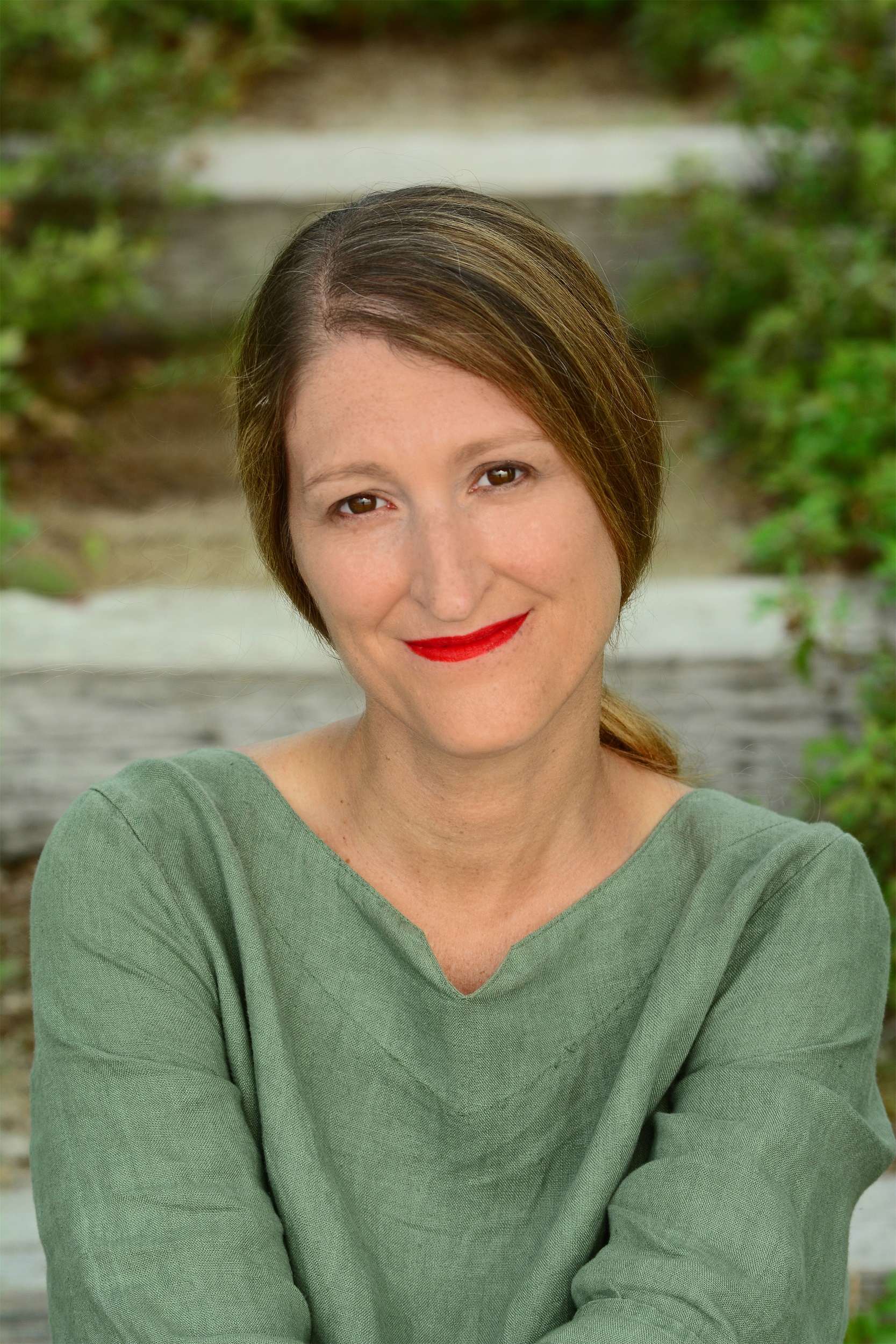
Julie Cohen
Julie says:
As a founding member of the RNA Rainbow Chapter I’m delighted that my historical lesbian love story, SPIRITED, has been shortlisted for the Historical Romantic Novel of the Year Award. Love is universal and as an industry and an organisation we need to embrace diverse and inclusive love stories, and their power to uplift our hearts and inspire hope.’
An interesting story:
—Whilst writing this novel about ghost photography, I encountered a real-life ghost.
—The novel was partly inspired by William Mumler, the inventor of spirit photography, who famously photographed Abraham Lincoln’s ghost, and in the 1860s was put on trial for fraud in a court case that boasted PT Barnum as a witness.
—The novel was also inspired by the Cottingley Fairy photographs, which formed part of my MPhil thesis in English Literature
—This is my first historical novel and I wrote it when I thought that my writing career was finished.
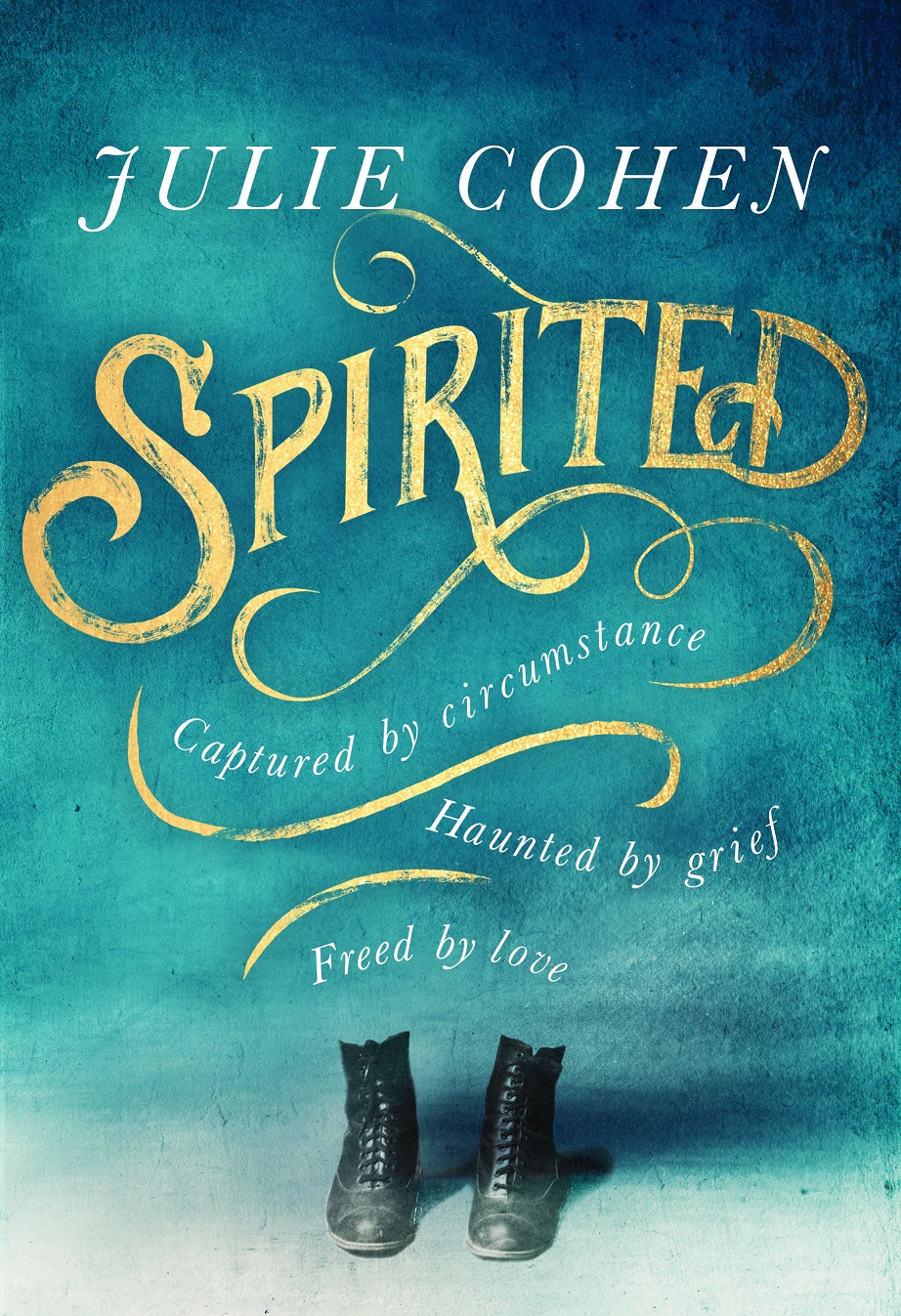
About the book:
Viola, trapped in an unhappy marriage, is astonished to discover an uncanny talent: she can take photographs of ghosts.
Henriette is a celebrated spirit medium, with a secretive past. When she meets Viola, a powerful connection sparks between them – but Victorian society is no place for reckless women.
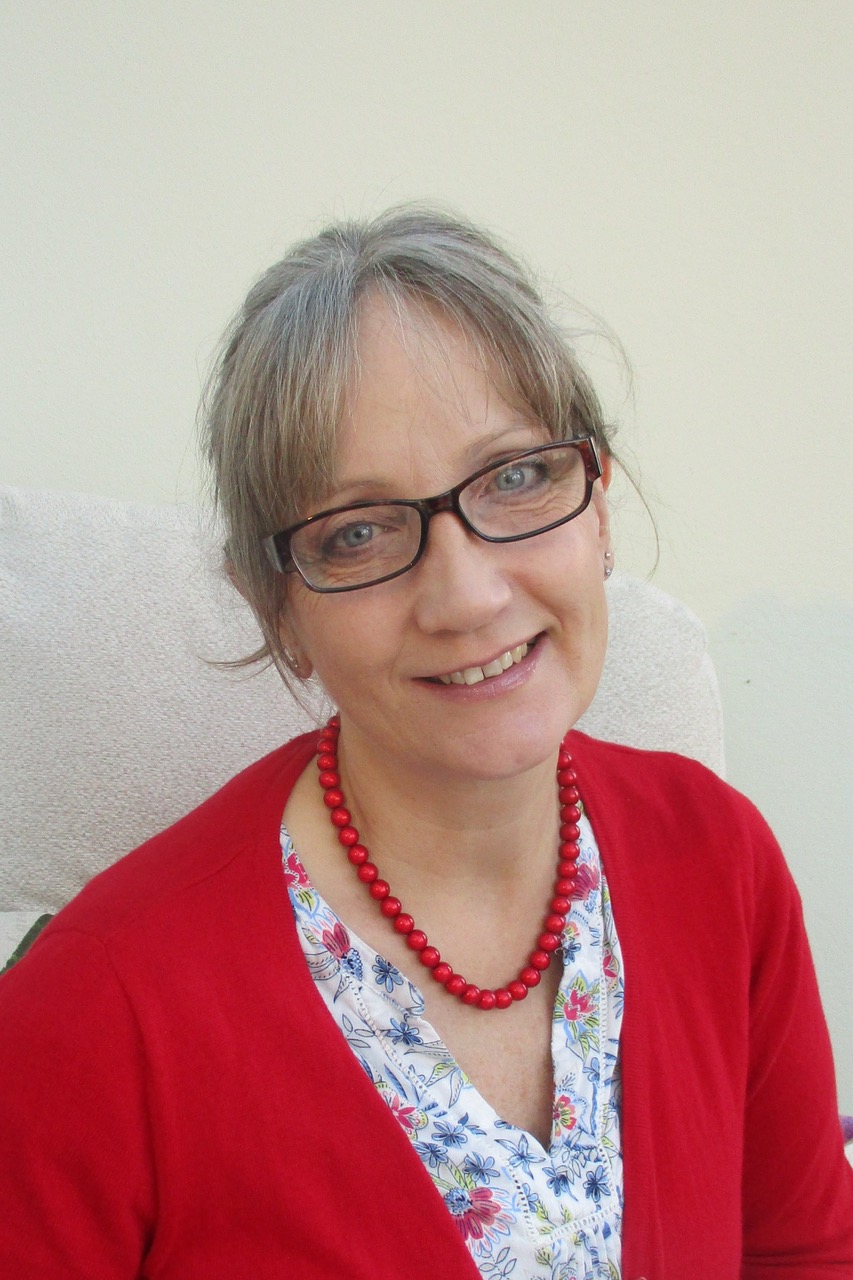
Victoria Cornwall
Victoria says:
I am thrilled that Daniel’s Daughter has been shortlisted for the RNA’s 2021 Historical Romantic Novel Award. The RNA was founded by authors who I have always greatly admired and aspired to be like. To be shortlisted for one of the RNA’s prestigious awards is a truly validating experience.
An interesting story:
Victoria Cornwall grew up on a farm in Cornwall and can trace her Cornish roots as far back as the 18th century. It is this background and heritage which is the inspiration for her Cornish based novels.
Daniel’s Daughter is set amongst the white clay tips of Cornwall at a time when clay production was competitive and dominated the area with its ‘Cornish Alps’. It is a period in history which is often neglected by fiction writers and it felt right to highlight Cornwall’s fading past, which can still be seen by hills of spoil camouflaged by vegetation… if one knows what to look for. Victoria’s uncle used to work for the clay industry.
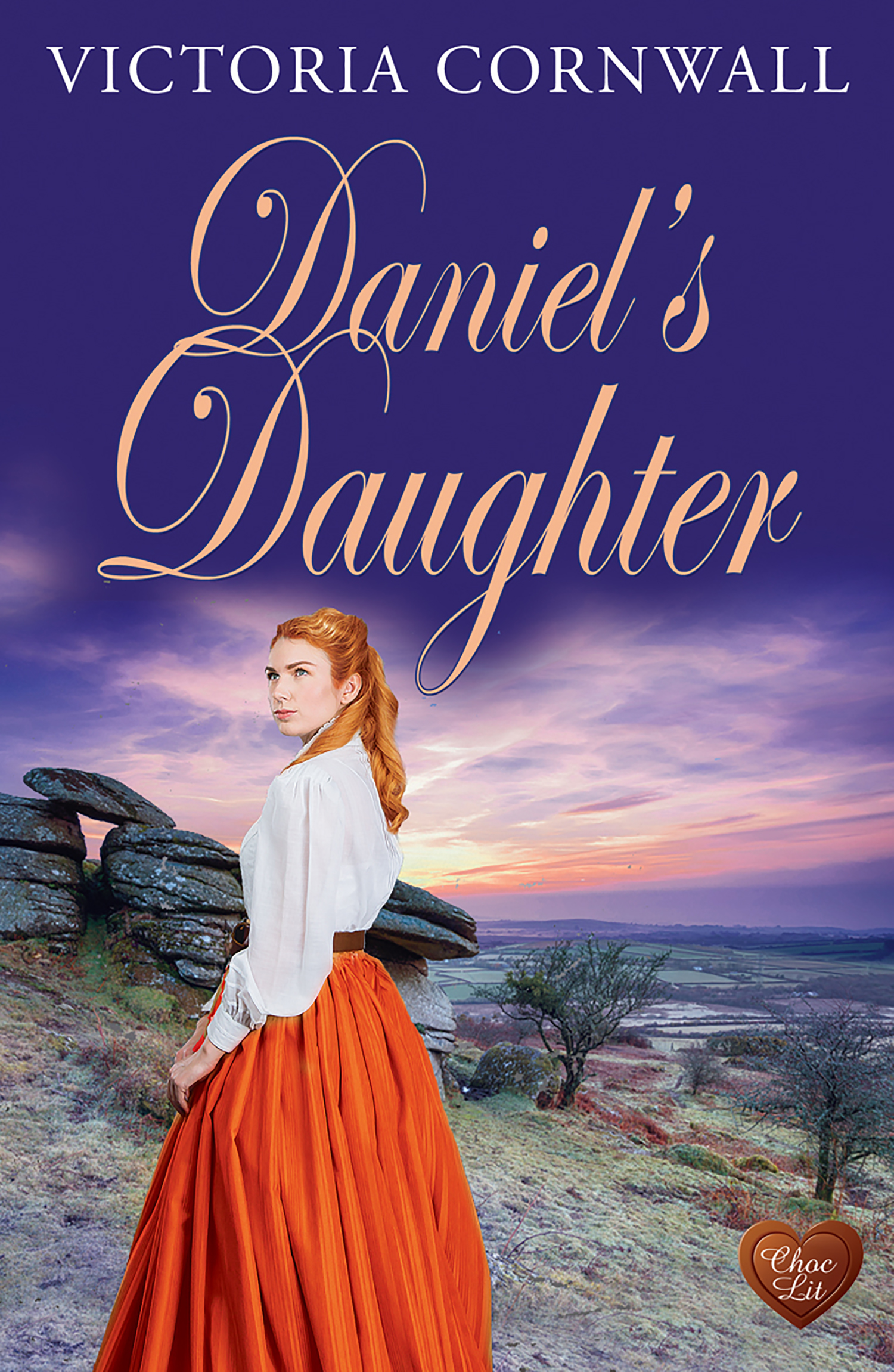
About the book:
Grace Kellow has a strong sense of who she is… until she discovers a dark secret which will tear her family apart.
Talek Danning offers Grace sanctuary – but soon they both discover that secrets lurk everywhere and that telling the truth is just as hard as hearing it…
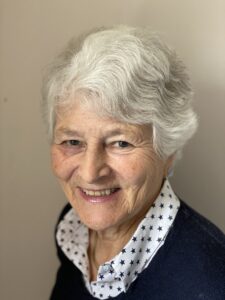
Diney Costeloe
Diney says:
I had no idea that my book had been submitted, so imagine my surprise and delight when I heard that it had…and been shortlisted!
An interesting story:
My great-grandmother was the daughter of a Parisian architect. She turned down marriage with the son of a well-to-do neighbouring family and against her family’s wishes married an English stranger. Family legend has it that they eloped! I have often wondered what truly happened…my story is entirely fictitious!
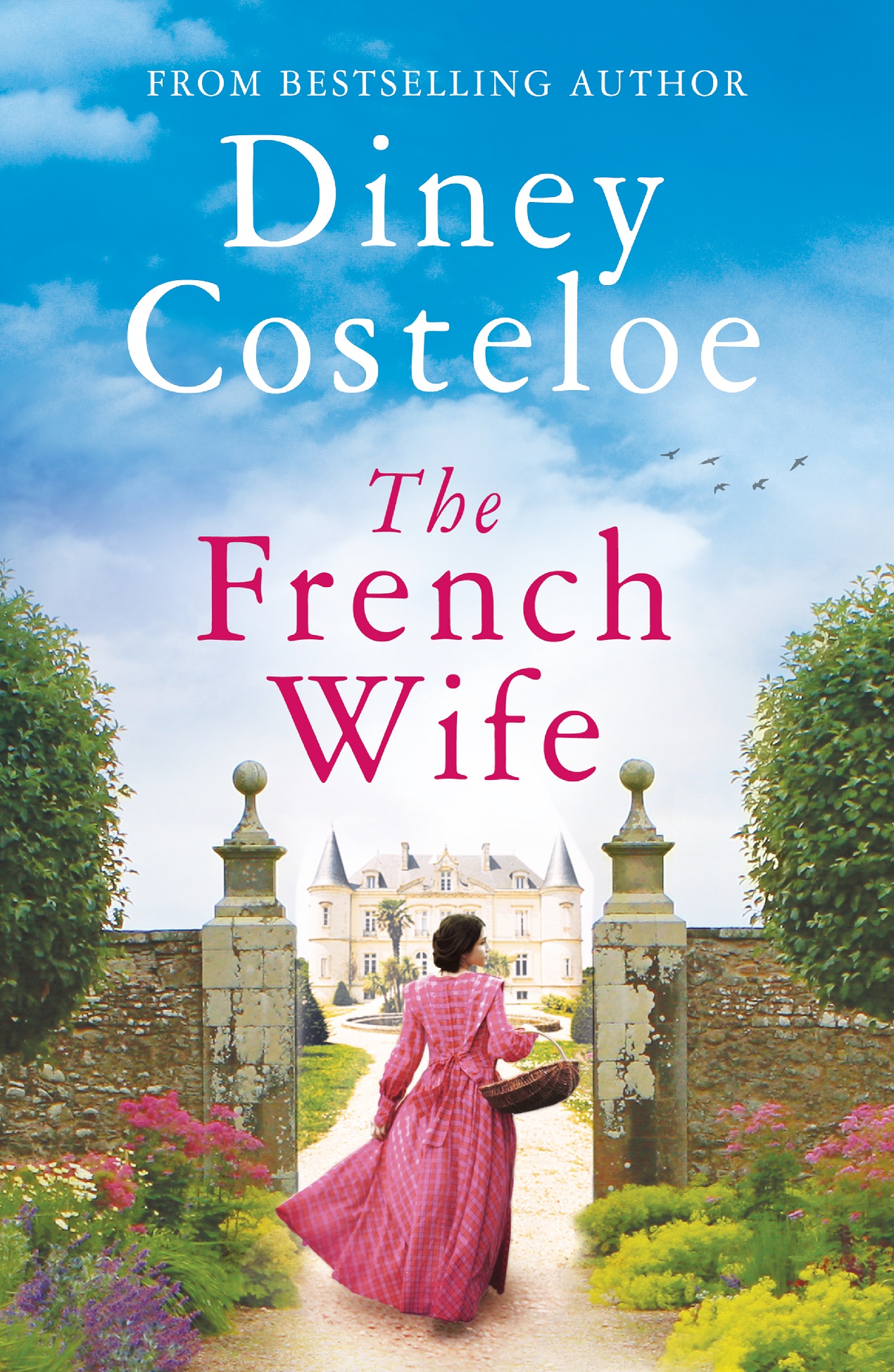
About the book:
Hélène, a cherished daughter and her maid, Annette, are bound by a childhood friendship and loyally guard each other’s secrets. When Hélène falls in love with someone she cannot marry, she agrees to marry a man she doesn’t love, a decision that could change her life….

Louise Fein
Louise says:
I am delighted to be shortlisted for this prestigious award. Having released People Like Us, my debut novel, in the midst of the pandemic, with my launch party and every other event cancelled, book-shops closed and nothing really going to plan, this shortlisting has more than made up for all those disappointments. I’m thrilled!
An interesting story:
People Like Us has been a labour of love for me. The book was inspired by my father who came to England as a German-Jewish refugee in 1933, fleeing from Leipzig after Hitler came to power. My father died when I was only seventeen, and he never spoke about his experiences of living in Nazi Germany. Whilst the story itself is fictional, all the events and incidences which occur in the book are based on real ones. I carried out meticulous research for the book, including extensive reading, interviews, delving into family archives and travelling to Leipzig.
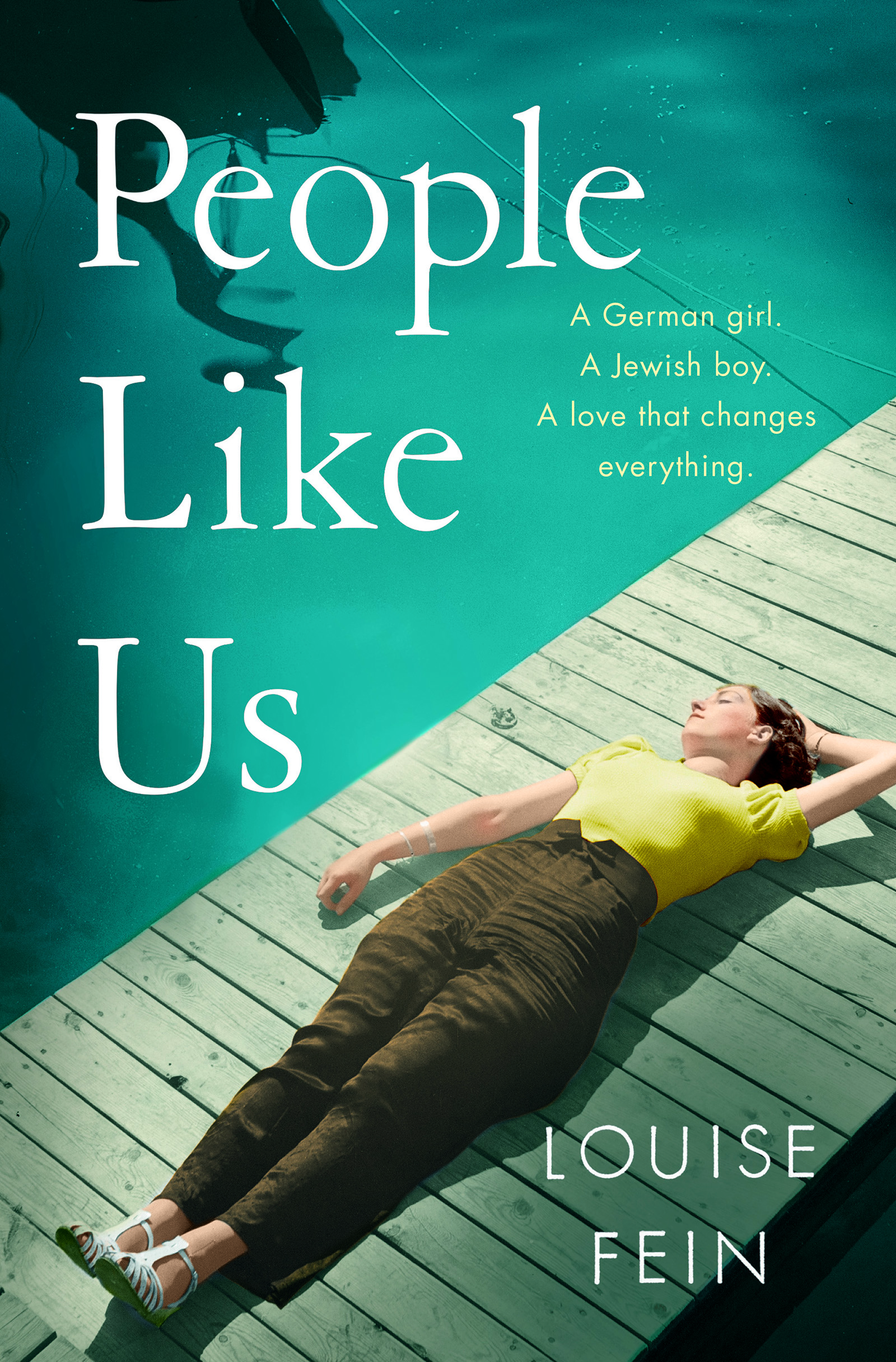
About the book:
A spellbinding story of impossible love, set against a backdrop of 1930’s Leipzig. Hetty, devoted to Hitler’s cause, is the epitome of perfect German girl, until Walter, a blond-haired, blue-eyed Jew, changes everything. Will the steady march of dark forces destroy everything, or can love ultimately triumph?

Elisabeth Gifford
Elisabeth says:
I am so thrilled that this love story set on Scotland’s most remote island is included in such a wonderful list of historical novels by the RNA.
An interesting story:
After researching the book I was able to write a booklet for the NTS on the actual last families on ST Kilda, a unique community forced to abandon the most remote island of Scotland after they almost starved in 1930. See article on booklet in BBC Scotland, The Last Families on St Kilda. For the story of the Scots soldier trying to get home after being captured after Dunkirk along with 10,000 other Scots soldiers, a relative was part of the escape route through Madrid which first piqued my interest. Also, I based the book on two actual men, one who had visited St Kilda as a student and one who was a soldier who walked from Normandy to Spain to escape the Nazis and get home and realised that they were in fact both members of the same family in Dumfries and later went to meet the family, the Gladstones.
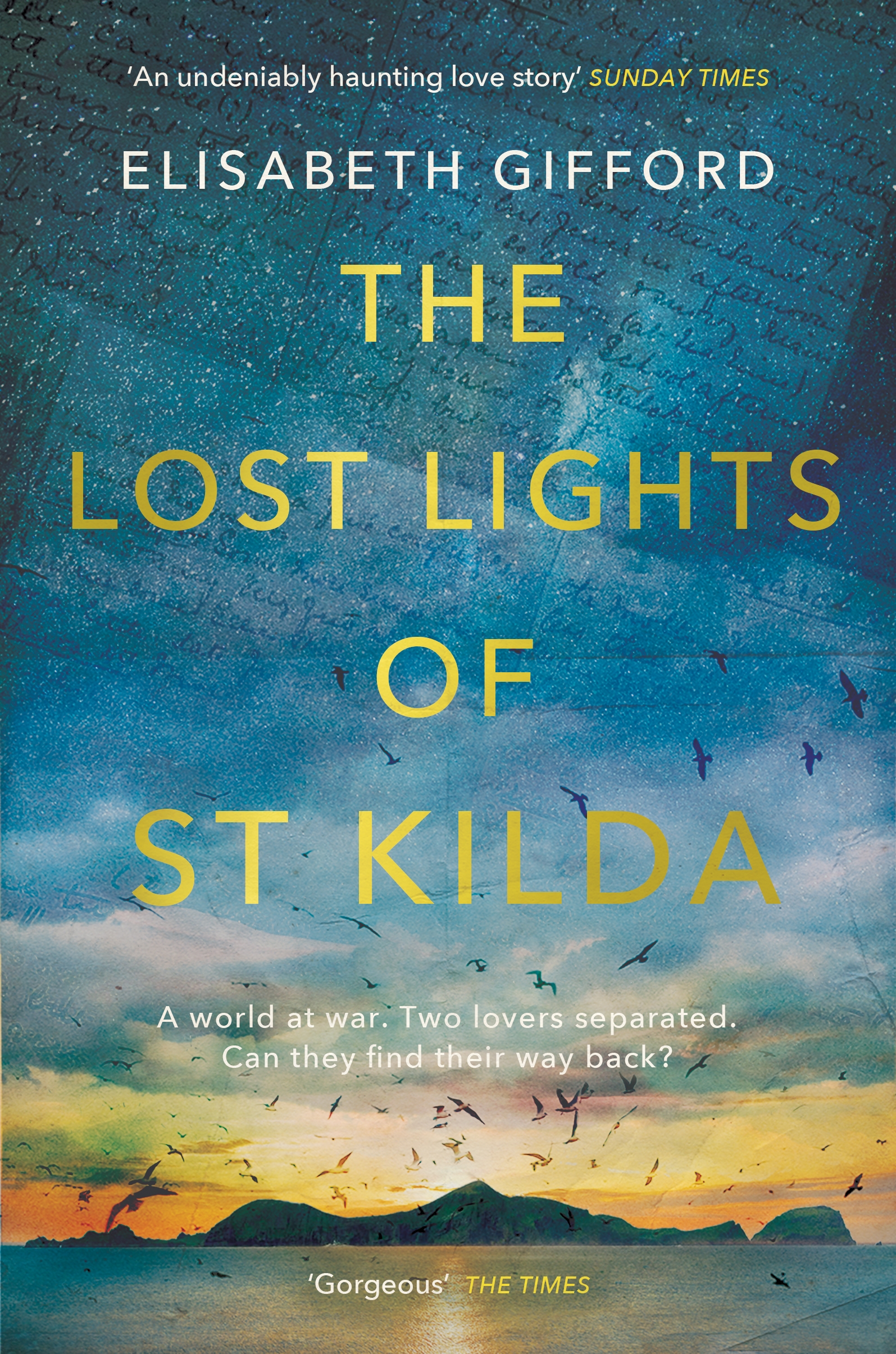
About the book:
Chrissie Gillies comes from the last ever community to live on the beautiful, isolated Scottish island of St Kilda. Evacuated in 1930, she will never forget her life there, nor the man she loved and lost who visited one fateful summer a few years before.
Fred Lawson has been captured, beaten and imprisoned in Nazi-controlled France. Making a desperate escape across occupied territory, one thought sustains him: find Chrissie, the woman he should never have left behind on that desolate, glorious isle.
The Lost Lights of St Kilda is a sweeping love story that crosses oceans and decades, and a testament to the extraordinary power of hope in the darkest of times.
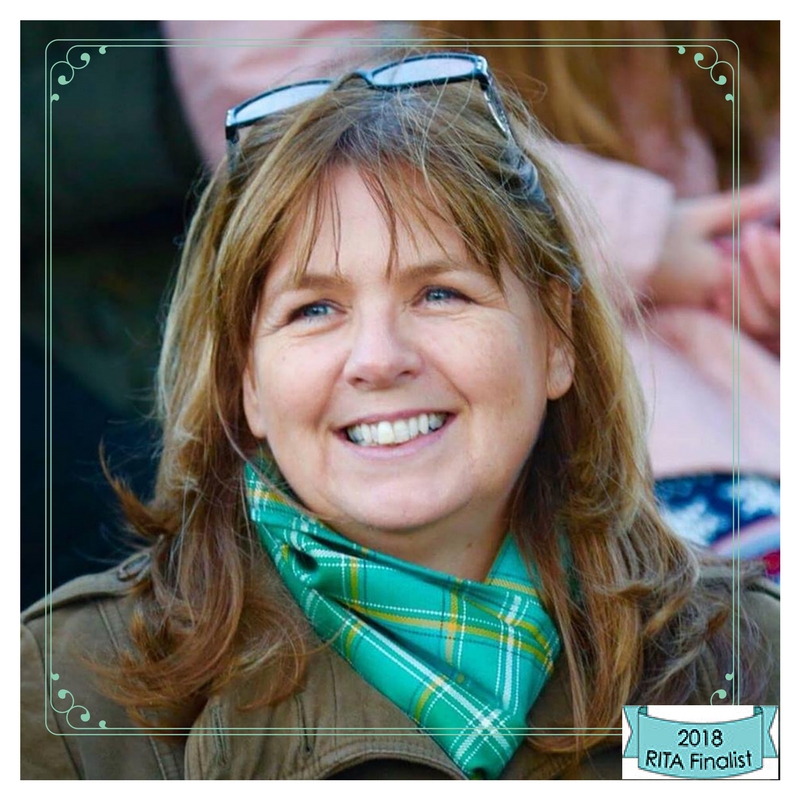
Catherine Tinley
Catherine says:
I’m absolutely thrilled to be shortlisted for the RNA Romantic Novel of the Year Award 2021. Jane and Robert’s story is one that I loved writing, and it’s wonderful to know that readers enjoyed it.
An interesting story:
Catherine has a busy day job managing an NHS maternity hospital, so mostly writes at the weekends. She won a Rita Award in the USA for her first book, Waltzing with the Earl. She lives in Ireland with her husband, three YA children, 4 cats, and her beloved dog, Carey.
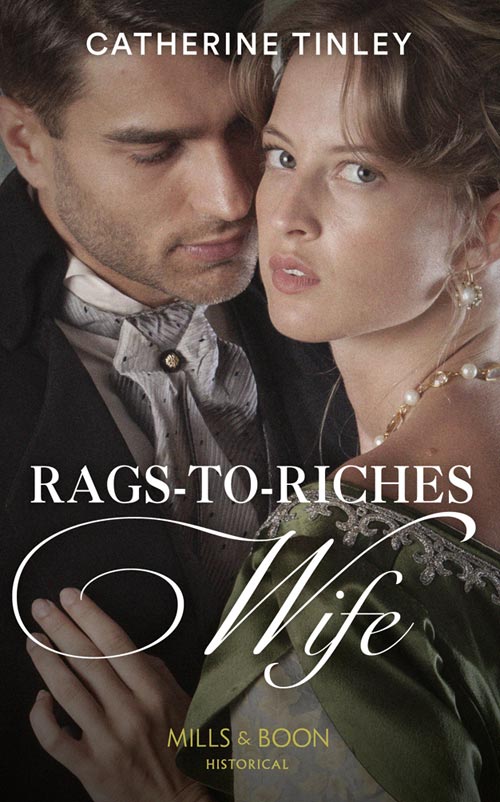
About the book:
Lady’s maid… To wedded Lady?
Lady’s maid Jane Bailey’s life is turned upside down by the arrival of wealthy gentleman Robert Kendal. He’s come to take Jane to visit her long-lost, aristocratic grandfather. Travelling together, they succumb to a mutual attraction. Yet Jane knows a maid should not hope to love a gentleman, even if she’s suddenly wearing silk dresses and dining with the Family. Society decrees they cannot marry, but how long can Jane deny her heart?

Fiona Valpy
Fiona says:
It’s thrilling to be shortlisted for this prestigious prize, especially at this challenging time when books have become all the more important as a means of connecting and uplifting people.
An interesting story:
* Translation rights have been bought by a Russian publisher, amongst others, so the history of the Arctic Convoys will live on there too.
* A piece of music has been composed by a musician who was inspired by reading the book. Photos and music available here: https://www.youtube.com/watch?v=pClJGWhOWQY
* Article: The tiny Scottish crofting community that helped win World War 2
THE war must have seemed very far away beyond the wall of mountains that separates the remote corner of Wester Ross and its tiny crofting community from the rest of the United Kingdom.
But that all changed overnight in late1939 when the Scottish wilderness found itself chosen as the location for a new strategic military base with more than 5,000 military personnel.
Scapa Flow, in the Orkneys, had been compromised in October 1939, when the German U-Boat U-47 managed to penetrate the main Royal Navy base and sink the British battleship HMS Royal Oak. From that point on, Loch Ewe was chosen as an alternate location where Atlantic convoys could safely muster and refuel. Then, once Russia became an ally in 1941, the decision was made to supply the eastern front via convoys which would brave the waters of the Arctic Sea and deliver essential food and armaments to Murmansk and Archangel. The first Arctic Convoy sailed from Loch Ewe in February 1942.
It brought dramatic changes to the tiny local community, many of which I came across while researching my new novel, The Skylark’s Secret, which is set at Loch Ewe against the background of war. It is a little-known story of sacrifice, change and wartime courage.
Dolly Cameron was 14 when war broke out.
The third child in a family of seven, she grew up at Inverasdale on the shores of Loch Ewe, where her father delivered the post.
The arrival of the Home Fleet to the sheltered and peaceful waters signalled the beginning of a dramatic chapter in the life of the community.
Royal Engineers and Pioneers were stationed at Firemore, creating the infrastructure of roads, camps and defences for the base, and Dolly went to her first film, with her brother Hector, at the makeshift NAAFI cinema there. Tickets cost sixpence and the servicemen obliged by giving the locals lifts in army trucks. “Films were shown at least three times a week, although of course we weren’t allowed to go on a Sunday,” she said.
Tina Mackenzie was a little older than Dolly, and worked in the NAAFI in the local village of Aultbea upon leaving school.
She enjoyed the dances at the village hall which had been extended to accommodate the influx of servicemen and women.
One of the Wrens, Myra Hook, who came to the base in 1941, recalled that the dances could be exuberant affairs: “Dances were held on Friday nights and on Saturday mornings there was usually to be seen a rating carrying a pane of glass to replace one broken at the dance.”
Tina joined the VADs (the Voluntary Aid Detachment) when she was old enough and received a citation from the War Office for her service in the Home Guard, to which many locals gave their time. One particularly inventive Home Guard officer adapted the handlebars of his bicycle to mount a machine gun in case of invasion.
The crofters in this remote Highland community had long since learned ways of eking out an existence from the land, and this was to prove a help in supplying the military base with food to supplement rations.
The local farms shared their milk, cheese, butter and eggs, and fishermen offered up their catch to the war effort.
Bread was baked at Maclean’s bakery and the Navy and merchant seamen collected loaves there when not enough could be brought in by road from Inverness. Dolly Cameron also recalls a type of Madeira cake, which became known as the ‘Yellow Peril’: “It was made with very yellow custard powder and no eggs”.
In my novel, I have woven the vivid, first-hand accounts of the locals into the historical timeline of the war in order to bring to life the impact on the community. My characters are fictitious, but the setting and their experiences are based on a great deal of research, including one memorable day when I was out on a boat on the loch, (in the driving rain, naturally), and suddenly we found ourselves in the middle of a series of naval manoeuvres, with blanks being fired in a simulated attack. Luckily, the skipper of my boat was a local fisherman and well-known to the powers-that-be, and we beat a hasty retreat. The experience certainly brought home to me what it must have been like to have been there in the 1940s.
Vestiges of the wartime infrastructure still encircle the loch and, once you get your eye in, you can start to spot the concrete bases of gun emplacements and lookout points on all sides.
The bar at the Aultbea Hotel was always a popular gathering place and, when war shortages caused a scarcity of beer glasses, men brought along their own jam jars or empty sweet jars to be filled by the barmaid, earning the hotel the nickname of ‘the Jellyjar Tavern’.
But for all the camaraderie and entertainment, the local population was exposed to danger too – especially following the German invasion of Russia in June 1941. From then on, Arctic Convoys would send vital supplies and armaments to Russia to help split Hitler’s armies by shoring up the eastern front.
Ships from the British, American and other ports gathered at Loch Ewe before making the hazardous sailing to Murmansk and Archangel.
For the merchant ships and their Royal Naval escorts, it would be what Winston Churchill called “the worst journey in the world”, braving the ice and storms of the Arctic Ocean as well as attacks from above and below.
Once German intelligence pinpointed Loch Ewe as the starting point for convoys crossing the Atlantic and making the treacherous journey to northern Russia, the Luftwaffe launched a series of air raids from its Norway bases.
Dolly was celebrating her thirteenth birthday during one raid on June 7 and recalled that, “for two nights in a row the sky was lit up with gun fire and tracer bullets”.
One daring pilot made a midday attack, coming in very low over Greenstone Point at the north end of the loch.
Many of the pupils of the Bualnaluib Primary School were out in the playground during their lunch break when the aircraft flew over.
It banked around above the school and was so low that the pilot waved at them as he flew over. Meanwhile the Headmaster was frantically shouting at the pupils to get back inside the schoolhouse immediately.
Dolly recalled that “many children waved back and were strapped for doing so by [headteacher] Mr Cheyne”.
The Junkers 88 pilot dropped his bombs on a merchant ship, the Devon City, missing the vessel but causing her some blast damage.
Perhaps the incident which best encapsulates the way that the local crofting community joined forces with the military base was the wreck of the William H Welch on February 26, 1942.
The American Liberty ship was approaching the shelter of Loch Ewe when it encountered one of the most savage winter storms locals could remember.
It was wrecked on the treacherous rocks off the western approach to the loch.
The ship’s deck engineer and two US Navy gunners managed to swim ashore through the raging seas and stumbled upon the croft houses at Cove, a tiny settlement at the end of the road.
The Mackenzie sisters had gone out to bring in some peat for the fire when the three men appeared, struggling out of the swirling snow.
All of the crofters rushed to the rescue, carrying ropes, blankets and pots of hot tea down the steep cliffs to the beach.
A devastating scene awaited them: the ship was breaking up and oil, debris and bodies were being dashed against the rocks of the headland.
Some were washed onto the beach of Black Bay, where the crofters tried to help the survivors. They lit a fire to try to warm the men who were suffering from hypothermia and shock, and administered hot tea and blankets.
Some of the bodies being washed ashore were so covered in oil that it was hard to distinguish them from the black rocks in the bay.
At last, help for the exhausted crofters arrived from the naval base and the commando training centre nearby, but the storm was so fierce that only 12 men survived out of the ship’s crew of 74.
The United States Maritime Service stated: “It was the crofters who came to the aid of our Merchant seamen on the worst winter’s night of the year.
“In a day of snow, hail and biting cold, they carried blankets off their own beds and tea representing weeks of meagre rations, over miles of rocky moors to revive the exhausted men. For hours they searched the boulder-strewn beaches for survivors, and are credited with saving several lives.”
The last Arctic Convoy sailed from Loch Ewe on 30 December 1944. Its 38 ships were the final ones to supply war materials to Russia, but only 36 of them returned, the Norwegian vessel Norfjell and the American vessel Horace Gray having been sunk by U-boats. This added to the overall tally of 24 merchant ships lost, alongside 22 naval vessels; 3,000 men lost their lives.
At the final German surrender in April 1945 a captured German U-Boat was escorted into the loch so that its formal surrender could be undertaken by senior British naval officers who boarded the vessel and interrogated her captain and officers. Loch Ewe continued to act as a military base until August 1945.
Today, it still contains a jetty for British and American nuclear submarines that need to stop for repairs but the great fleet is long gone.
On May 16 this year, there was to have been a gathering of veterans to mark the 75th anniversary of the final Arctic Convoy to sail from Loch Ewe.
Sadly, of course, this event has had to be postponed.
But time is running out for the last remaining men and women who witnessed those extraordinary days, when the peaceful waters of a remote Scottish sea loch were so filled with ships that it was said you could walk from one side to the other without getting your feet wet.
Already two more veterans have passed away and by the time next May comes around (when hopefully Covid-19 precautions will allow the event to go ahead) there may well be even fewer attendees.

About the book:
A tragically beautiful love story, set against the backdrop of the Russian Arctic Convoys during World War 2 and a tight-knit crofting community some forty years afterwards, The Skylark’s Secret explores themes of home and Highland hospitality, of community and courage.
The Romantic Novel Awards 2021This year’s online Awards event will be streamed live from 7 PM on Monday March 8th. Everyone is welcome to join in and watch the live event. There is no need to register to do this.
You can view it on:
1)The RNA Website:https://romanticnovelistsassociation. org/event/romantic-novel-of- the-year-awards-2021/ and select the link to the viewing page. The viewing page will not be active until the day of the awards. 2) The RNA Public Facebook Page
https://www.facebook.com/Romantic.Novelists.Association 3) The RNA Twitter account.
https://twitter.com/RNAtweets




